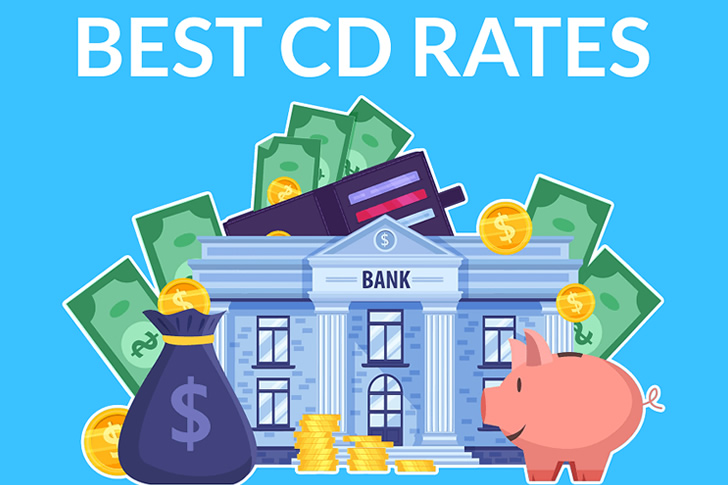Optimal Locations to Store Your Savings
Deciding where to store your savings is a critical financial decision that can impact your earnings and financial security over the long term. With a variety of options available, it can be overwhelming to determine the best choice. This guide explores several optimal locations for safeguarding and growing your savings, taking into account factors such as return on investment, risk level, and accessibility.

Understanding Your Savings Goals
Before choosing where to store your savings, it’s essential to understand your financial goals. Are you saving for a short-term goal like a vacation, or are your sights set on long-term financial security? Different goals necessitate different strategies and storage solutions. For instance, long-term savers might prioritize growth through compounding interest, while short-term savers need liquidity and immediate access.
High-Yield Savings Accounts
High-yield savings accounts are a popular choice for those looking to earn interest on their savings while retaining access to their funds. Unlike regular savings accounts that offer minimal interest (the national average is around 0.06% as per the FDIC), high-yield savings accounts can offer rates as high as 1 to 1.5% APY. These accounts are typically available through online banks, which offer higher rates than traditional brick-and-mortar institutions due to lower overhead costs.
Money Market Accounts
Money market accounts combine the benefits of both savings and checking accounts. They generally offer higher interest rates than traditional savings accounts (averaging around 0.08% to 0.60% APY) and also provide check-writing privileges and debit card access. It’s a good choice for those who desire the earning power of a savings account with the flexibility of a checking account. However, these accounts often require higher minimum balances to maintain, which could be a consideration for some savers.
Certificates of Deposit (CDs)
For those with long-term saving goals who do not need immediate access to their funds, a Certificate of Deposit (CD) can be a lucrative option. CDs typically offer fixed interest rates in return for the saver agreeing to lock in their money for a specified period, which can range from a few months to several years. Interest rates on CDs can vary, often from 0.50% to over 3% APY, depending on the term length and the amount deposited. The drawback is lower liquidity, as early withdrawal from a CD can result in penalties and forfeiture of interest earnings.
Investment Accounts
For savers willing to assume higher risk for the possibility of higher returns, investment accounts in the form of mutual funds, stocks, and bonds can be an appropriate choice. Over the long term, the stock market historically provides returns of around 7% annually, after inflation. However, these options do carry risk, and values can fluctuate dramatically in the short term. Consulting with a financial advisor to tailor your investment portfolio according to your risk tolerance and retirement timeline is advisable.
Retirement Accounts: IRAs and 401(k)s
Retirement accounts, such as Individual Retirement Accounts (IRAs) and 401(k)s, are crucial for long-term savings and offer tax advantages that can greatly enhance savings growth. For example, funds in these accounts can grow either tax-free or tax-deferred, compounding over time without being diminished by immediate tax liability. In 2023, individuals can contribute up to $6,500 annually to an IRA, with an additional $1,000 allowed for those 50 and older. For 401(k)s, the contribution limit is $22,500 for the year, with a $7,500 catch-up allowance for those 50 and over.
Health Savings Accounts (HSAs)
For individuals with high-deductible health plans, Health Savings Accounts (HSAs) offer a way to save money tax-free for medical expenses. Contributions to an HSA are tax-deductible, the growth is tax-free, and withdrawals for qualified medical expenses are also not taxed. In 2023, individuals can contribute up to $3,850, and families can contribute up to $7,750. Some HSAs also offer investment options once a certain balance is reached, potentially increasing the rate of return on these funds.
Choosing the Right Mix
In conclusion, there’s no one-size-fits-all answer when it comes to saving money. The best place to store your savings largely depends on your financial goals, risk tolerance, and timeline. A diversified strategy—mixing immediate access with higher yield options and long-term investments—can provide both security and growth. By carefully considering each option and perhaps consulting a financial advisor, you can make informed decisions that optimize your financial resources for future needs.







Recent Comments